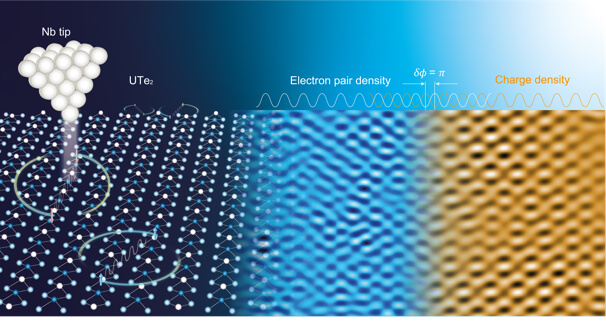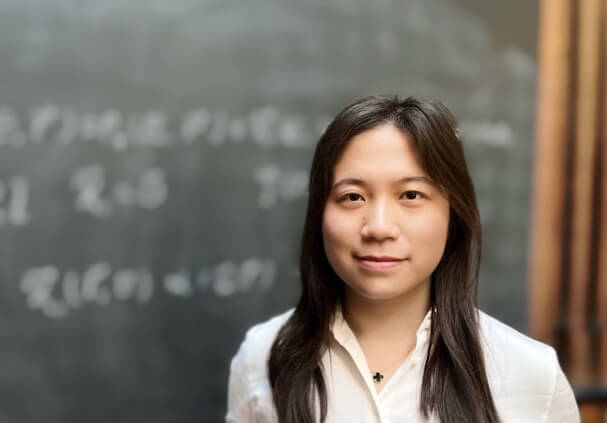COLLOQUIUM 2024
Topological Surface State in a Spin-triplet Superconductor
| Speaker | Shuqiu Wang, University of Bristol |
| Date/Time | Wednesday, 8 May, 3PM |
| Location | Conference room: S11-02-07 |
| Host | Asst/Prof Anjan Soumyanarayanan |
Abstract
The interplay of superconductivity and topology stands at the frontier of moden quantum matter physics. Intrinsic topological superconductivity is important because its electronic properties are topologically protected and robust against local perturbations. Although topological superconductivity appears probable in UTe2, its superconductive order parameter Δk has not yet been established. If spin-triplet, it should have odd parity so that Δ-k=-Δk and, in addition, may break time-reversal symmetry. A distinctive identifier of such nodal spin-triplet superconductors is the appearance of an Andreev bound state (ABS) on surfaces parallel to a nodal axis, in the form of a topological surface band (TSB). Moreover, theory shows that specific TSB characteristics observable in tunneling to an s-wave superconductor distinguish between chiral and non-chiral Δk. To search for such phenomena in UTe2, we employ s-wave superconductive scan-tip imaging [1] and discover a distinct TSB signature, an intense zero-energy Andreev conductance maximum at the (0-11) crystal termination. Its imaging yields quasiparticle scattering interference evidence for two Δk nodes aligned with the crystal a-axis. Most critically, development of the zero-energy Andreev conductance peak into two finite-energy particle-hole symmetric conductance maxima as the tunnel barrier is reduced, signifies that UTe2 superconductivity is non-chiral. Overall, this combination of a zero-energy Andreev conductance maximum at the UTe2 (0-11) surface, internodal scattering along the a-axis, and splitting of Andreev conductance maximum due to s-wave proximity, categorizes the superconductive Δk of UTe2 as the odd-parity non-chiral topological state [2].
[1] Nature 618, 921 (2023).
[2] Gu, Wang et al., Science in Review (2024).


Biography
I am an Assistant Professor leading the Visualizing Quantum Matter Research Lab at the University of Bristol. My research interests include topological states of matter, unconventional superconductivity, intrinsic topological superconductors and high-temperature superconductors in strongly correlated electronic systems. I have worked extensively on low-temperature Scanning Tunnelling Microscopy (SISTM) of novel emergent quantum states in unconventional superconductors. Prior to Bristol, I completed my PhD at the University of Oxford (2015-2019), and my postdoc at University of Oxford and Cornell University (2019-2023). I have received numerous awards from the University of Oxford. I was selected as a Rising Star in Physics by University of California, Berkeley in 2023.
